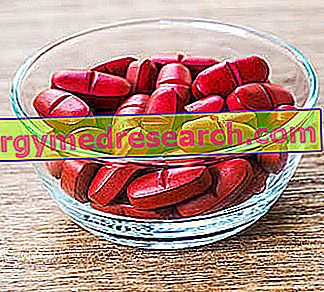Scroll down the page to read the summary table on gymnema.
| Gymnema: etymology of the term | Gymnema: derives from "Gur mar", a term that, literally translated into Hindu, refers to "eat sugar" → in ancient folk medicine, it was recommended to chew gymnema leaves to reduce glycosuria |
| Gymnema: main properties and popular uses | Useful in the treatment of diabetes Also used in the treatment of hemorrhoids, cardiac deficits and eye defects |
| Gymnema: botanical description |
|
| Gymnema: drug | Leaves: characteristic bitter and acrid taste |
| Gymnema: description of the phytocomplex |
|
| Gymnema: property |
|
| Gymnema and hypoglycemic activity | Gymnema exercises its hypoglycemic action:
|
| Gymnema and gymnemic acid | It exerts its action in diabetes mellitus:
|
| Gymnema and gurmarina | Gurmarine: polypeptide responsible for the anti-sweetening activity:
|
| Gymnema and toxicity | No toxic effects are recorded following the administration of gymnema in pregnant or lactating women → it is a good rule, however, to consult the doctor Strengthening of the hypoglycemic effect of antidiabetic drugs taken at the same time → modulation of the dosage |



